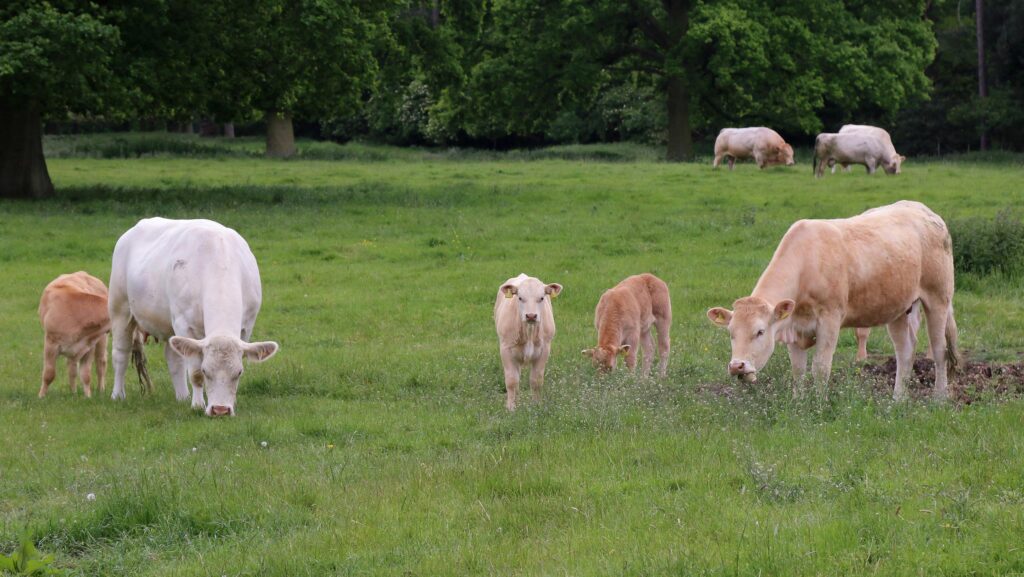Livestock breeding herds fall to record lows in England
 © Tim Scrivener
© Tim Scrivener Breeding numbers for cattle, sheep, and pigs have all contracted in the past year, according to Defra’s latest June census.
The female breeding pig herd fell to an all-time low of just 251,000 head in England as of 1 June 2024 having roughly halved since the turn of the century.
Contraction in the number of breeding sows has been driven by a combination of challenging financial conditions in recent years and also technological advancements, with lower mortality rates for piglets and heavier finished pig carcass weights both helping to increase overall production.
See also: HCC Wales warns of ‘serious shrinkage’ in beef supplies
Despite the continued shrinking of the female pig herd, the total number of fattening pigs on farm increased by 1.5% on the year to 3.35m pigs in 2024.
Freya Shuttleworth, senior livestock analyst at AHDB, said: “This may drive slaughter throughputs in the coming months as these pigs mature.”
Pig producers have been back in a slightly more profitable position during the past year, with finished pig prices staying at 210p/kg, leaving a small margin with estimated costs of production at 195p/kg.
Cattle and sheep
The total number of cattle and calves in England fell below 5m head for the first time since Defra records began in 2005.
There were declines for both beef and dairy breeding herds, with beef declining by 5.1% on the year to 595,000 head while dairy declined by 0.6% to 1.08m head.
Meanwhile, the number of breeding ewes declined by 5.6% to 6.57m head, the lowest level since 2011.
Higher finished lamb prices earlier in the year encouraged many farmers to sell a greater percentage of ewe lambs rather than carrying them over for breeding in the autumn.
Analysts say tight domestic supplies of lamb in the UK are set to keep prices supported in the short term.
